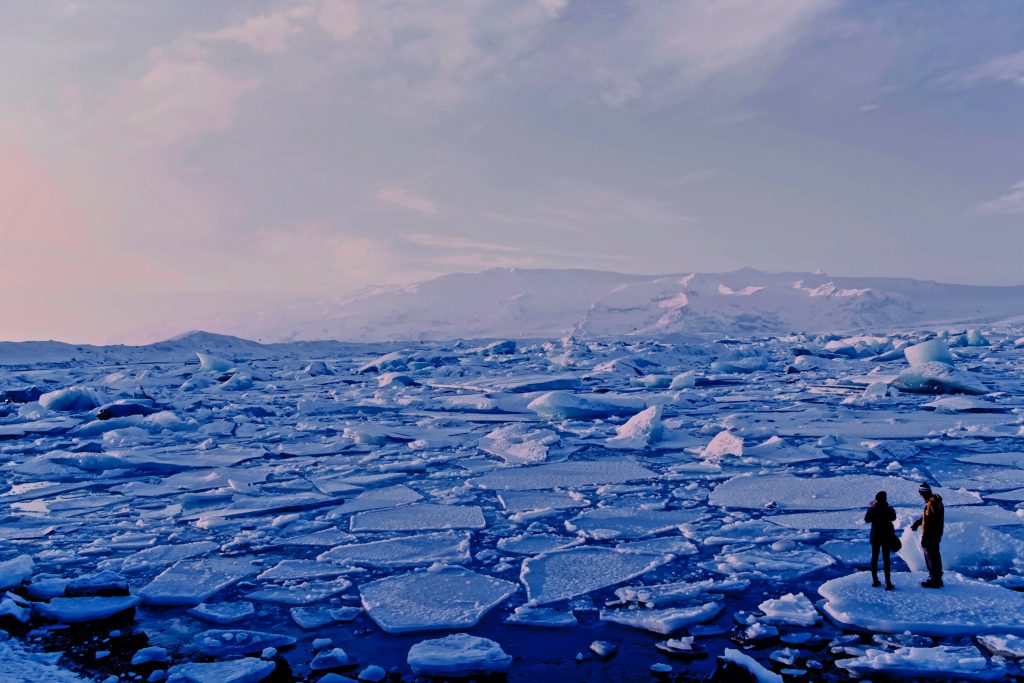Maintaining stable temperatures over a century would require an investment of around 75% of the world’s total economic output (GDP as of 2008), a new study from ESSEC Business School and Kyoto Sangyo University has found.
According to the researchers, any benefit to the climate would be paid for by a cost to economic growth or very high investments on green technologies.
The study, undertaken by Professor Guillaume Chevillon, Academic Co-Director of the ESSEC Metalab for Data, Technology & Society, alongside Professor Takamitsu Kurita, from Kyoto Sangyo University, leveraged over a 1000 years’ worth of data to evaluate the historical relationship between the climate and the economy.
Specifically, the researchers wanted to ascertain if certain economic policies could realistically help keep global temperatures stable over a long time. They considered how combinations of green (carbon-free) investment and brown (carbon-intensive) growth could lead to temperature stability: offering an alternative to completely reducing all economic growth.
However, in a hypothetical scenario where this kind of policy was introduced gradually in the 20th century to maintain temperatures at their 1900 level, the researchers found that temperature stability was achievable at the cost of around ¾ of global GDP (at the level of 2008), presenting the prevention of global warming as being at odds with economic growth.
But, according to Professor Chevillon, while the cost of achieving temperature stability may seem steep to many, this figure should be seen as the cost of not doing more to prevent global warming sooner:
“We should treat this figure as a measure of the cost of climate inaction – the lack of investment in mitigating or carbon abatement technologies,” Chevillon says. “This finding highlights a clear reality: massive carbon abatement policies need to be fully implemented today for the climate to benefit. With a need for climate preserving solutions, this research provides the first fully data-backed support for evaluating the cost of policies that governments can implement to protect our world.”
Featured Photo by Roxanne Desgagnés on Unsplash.



